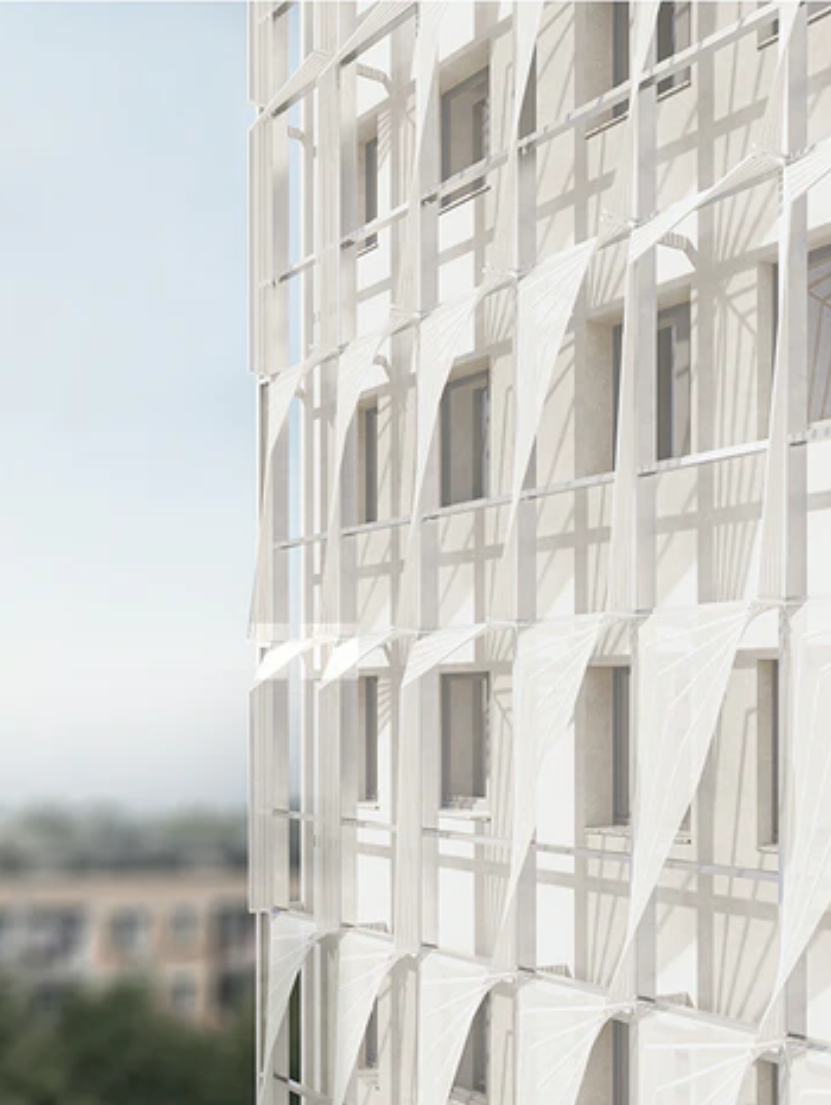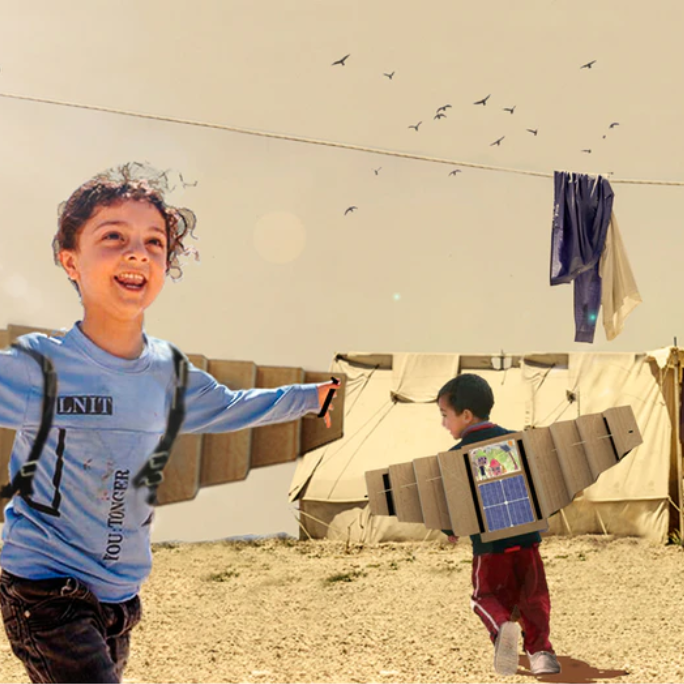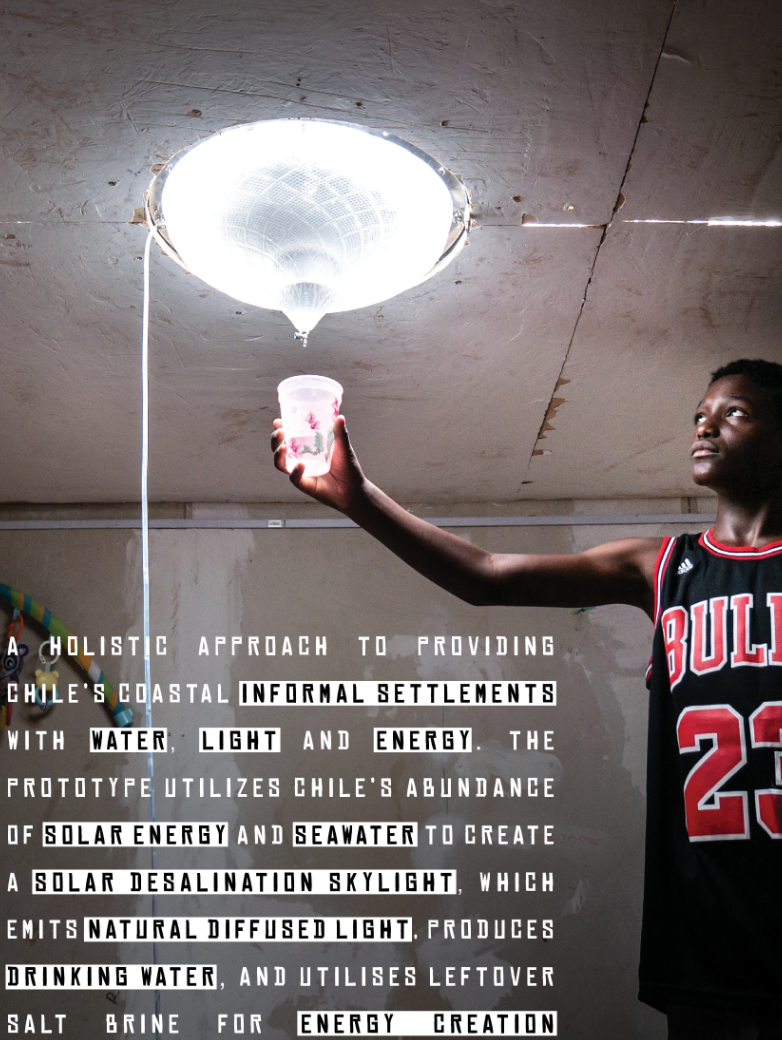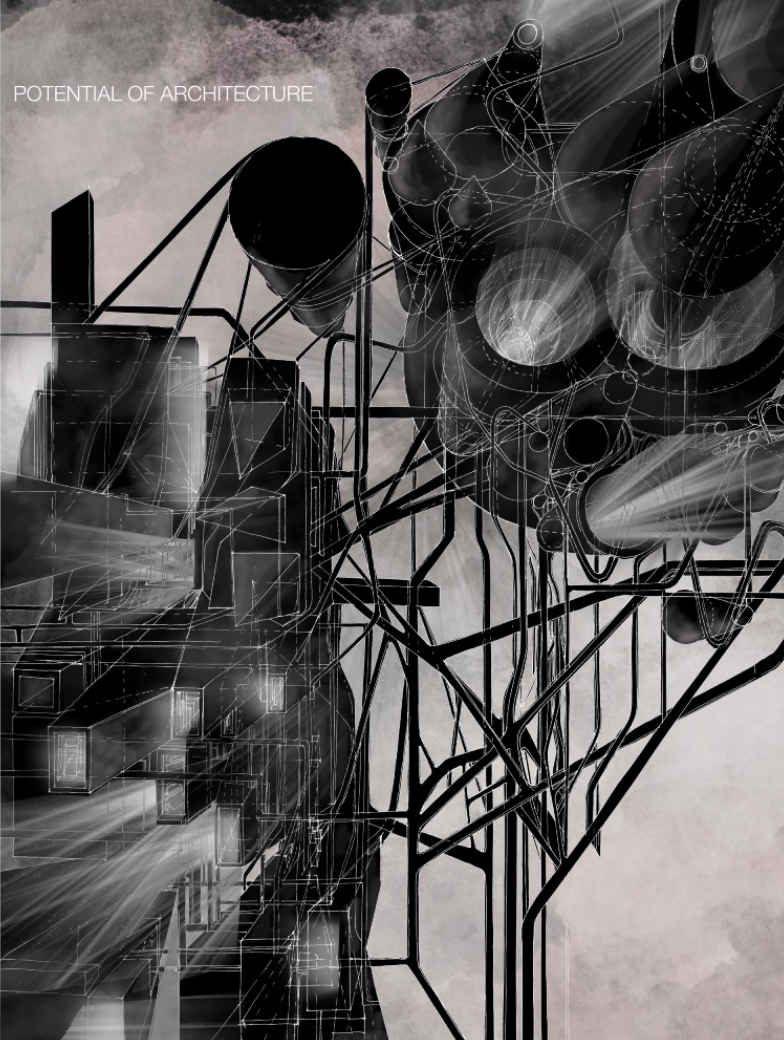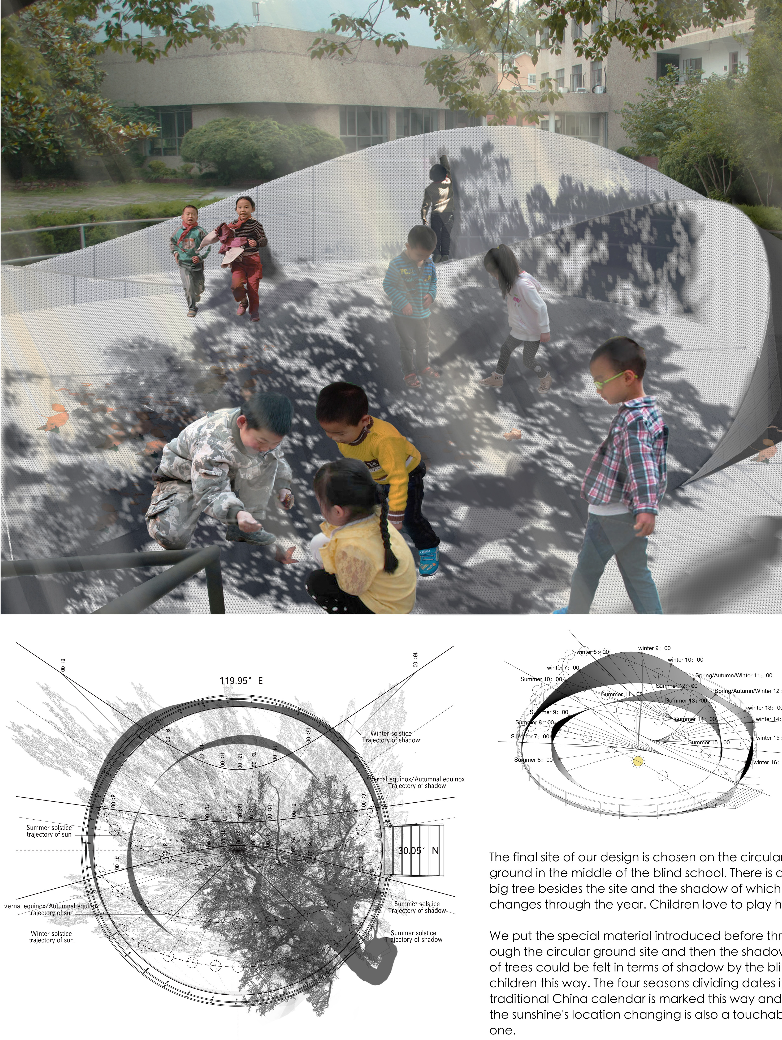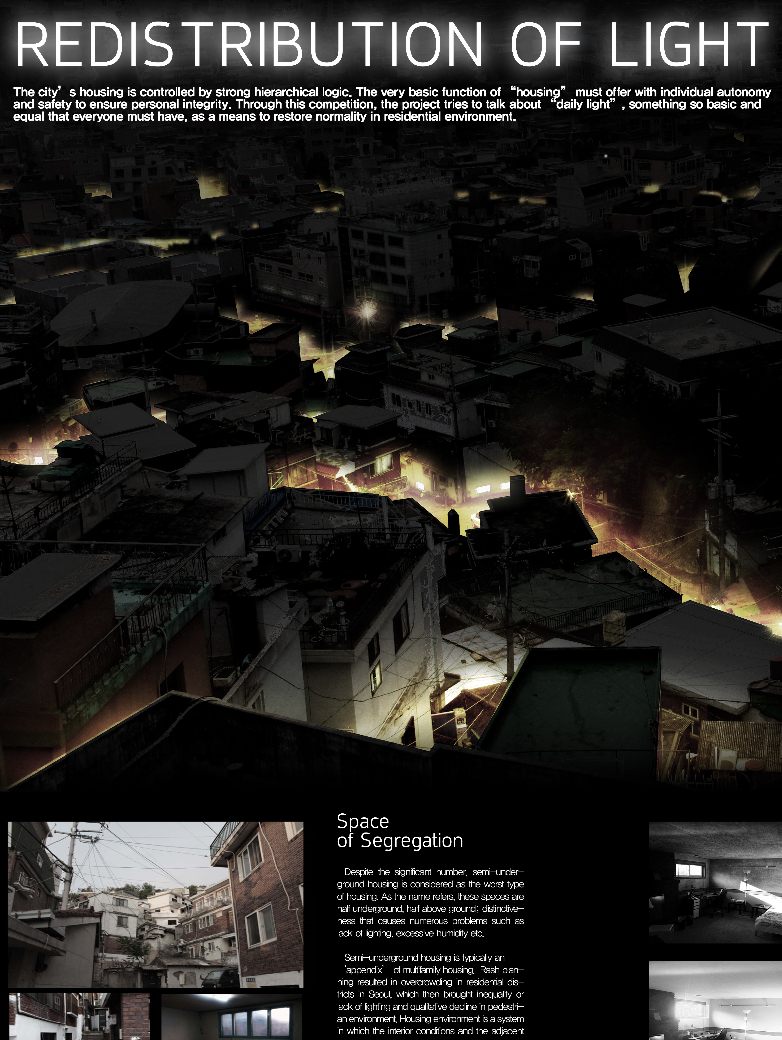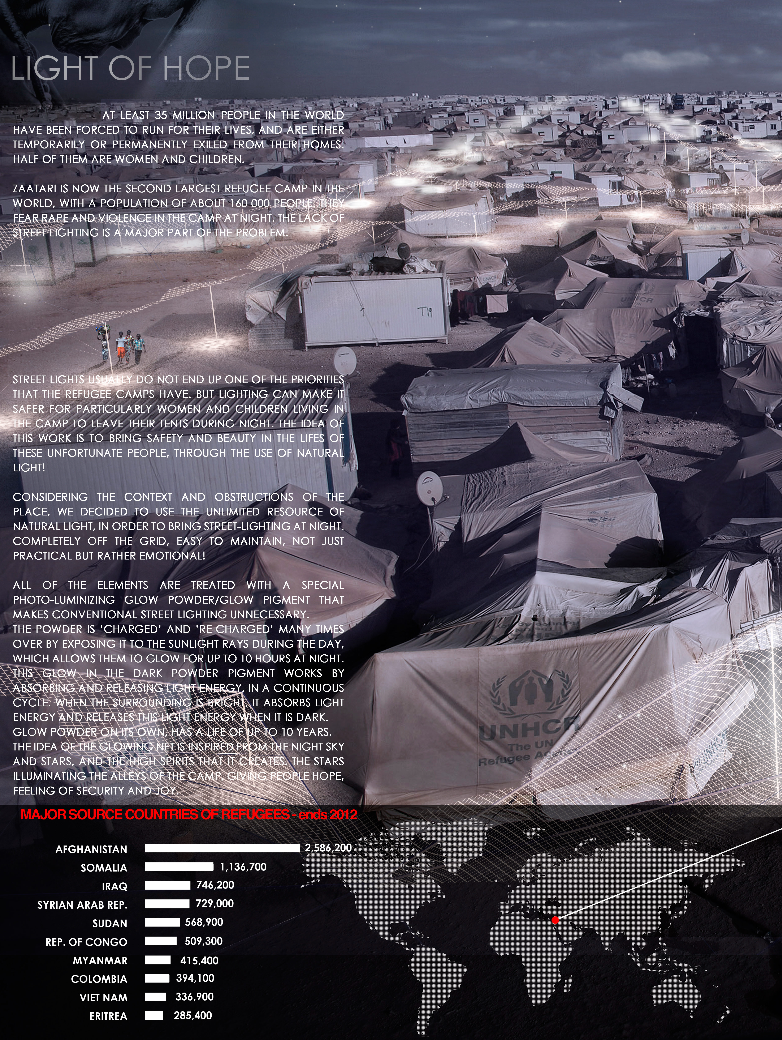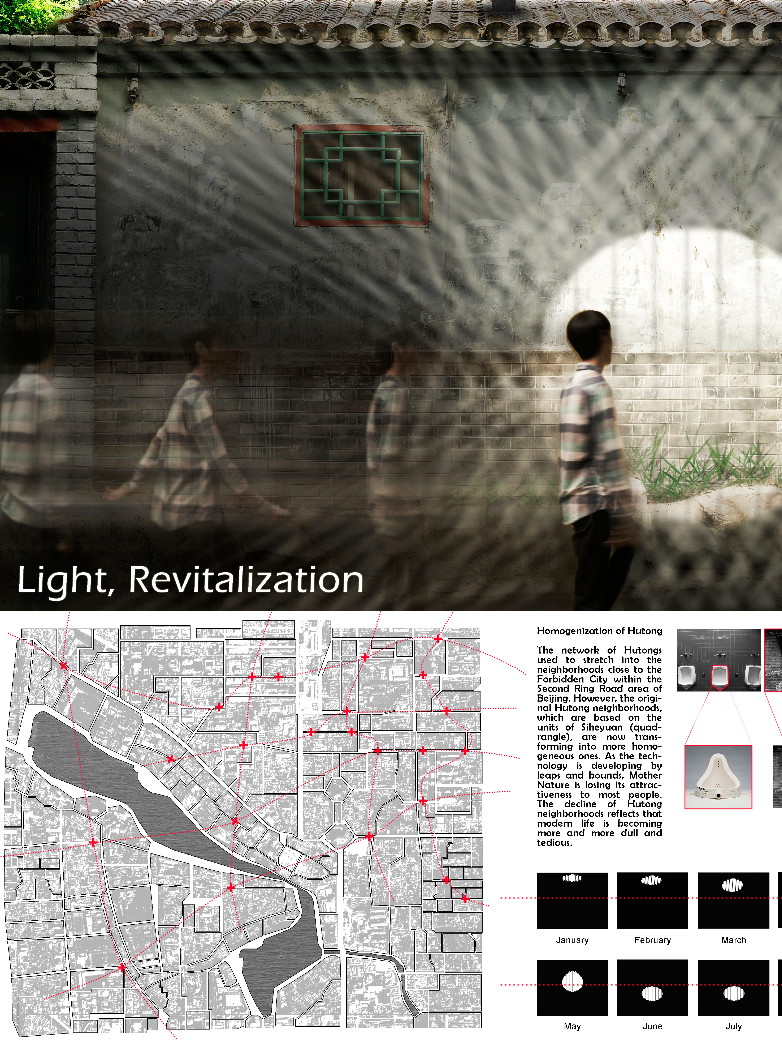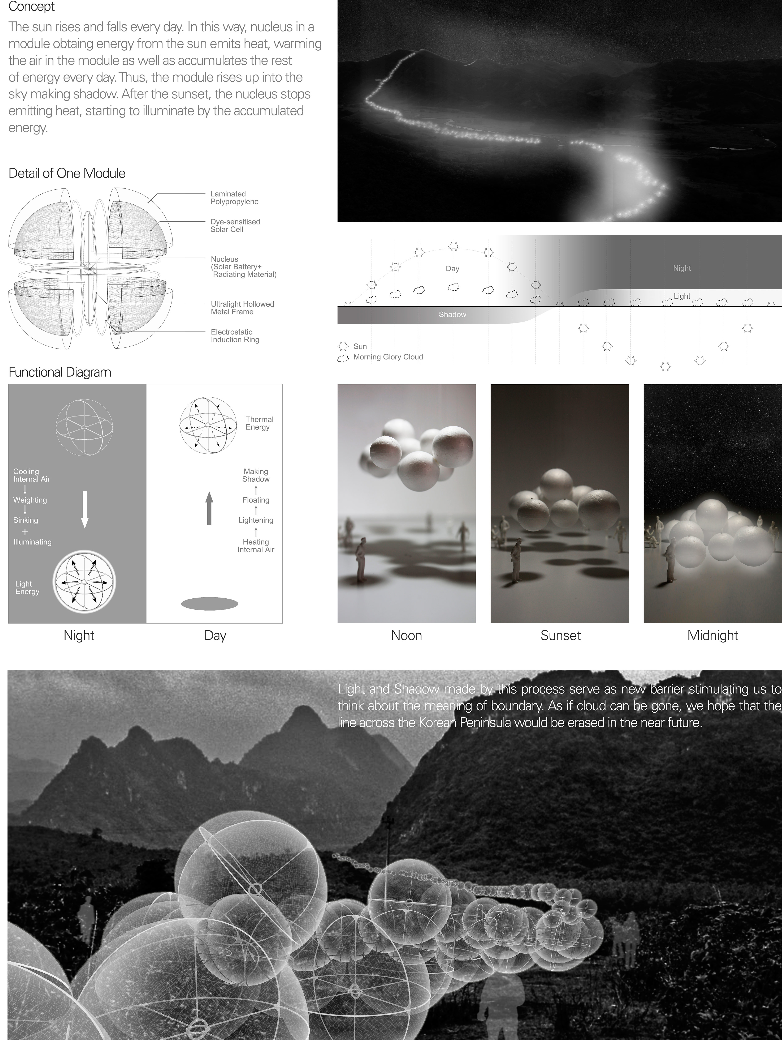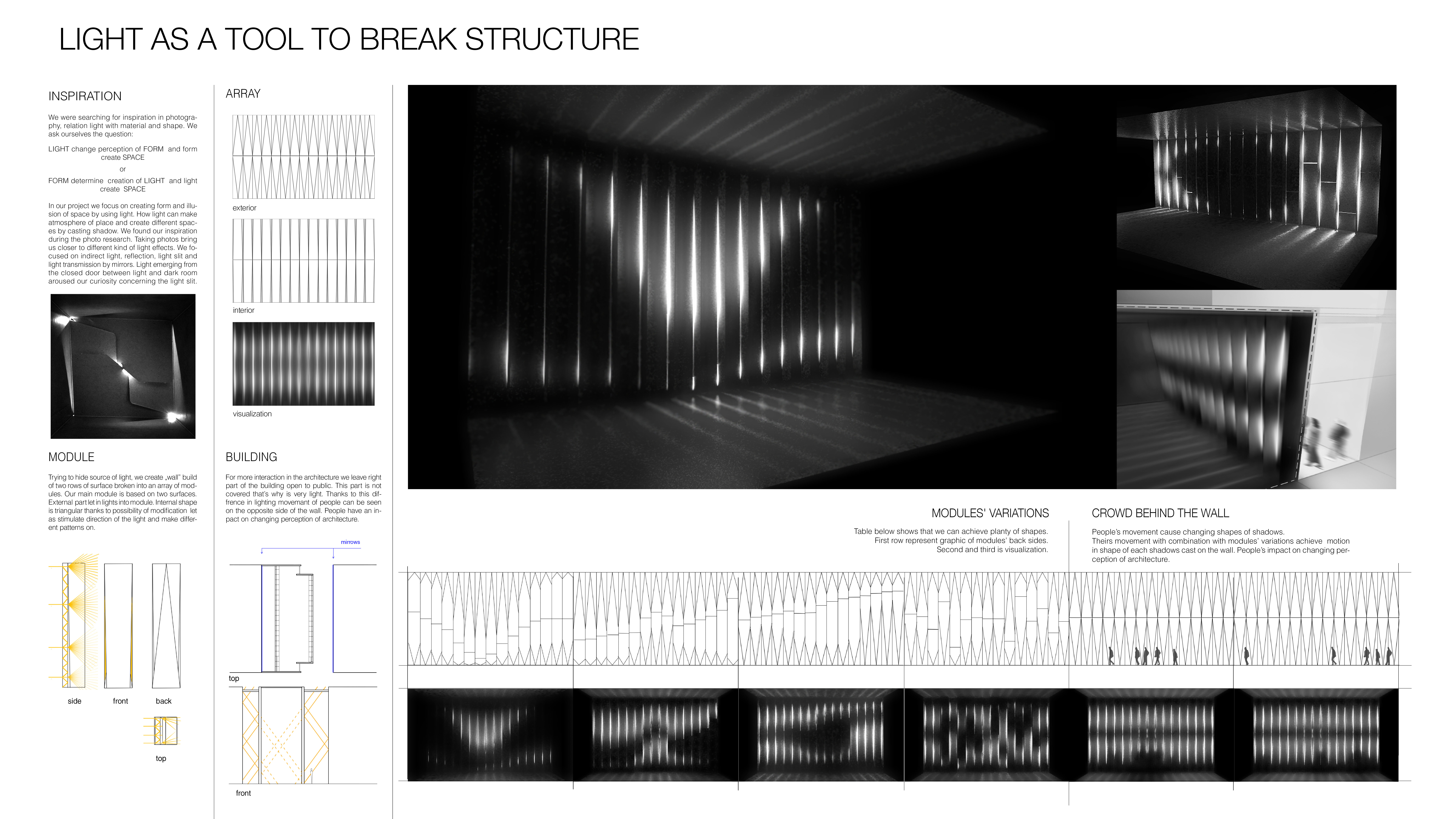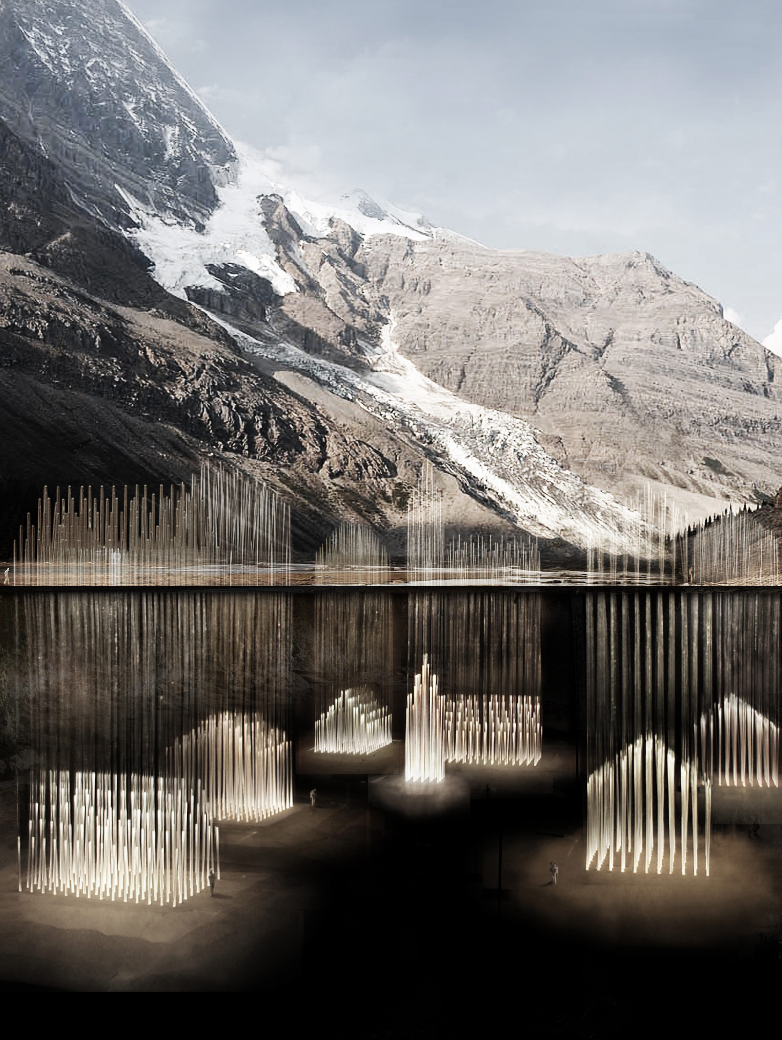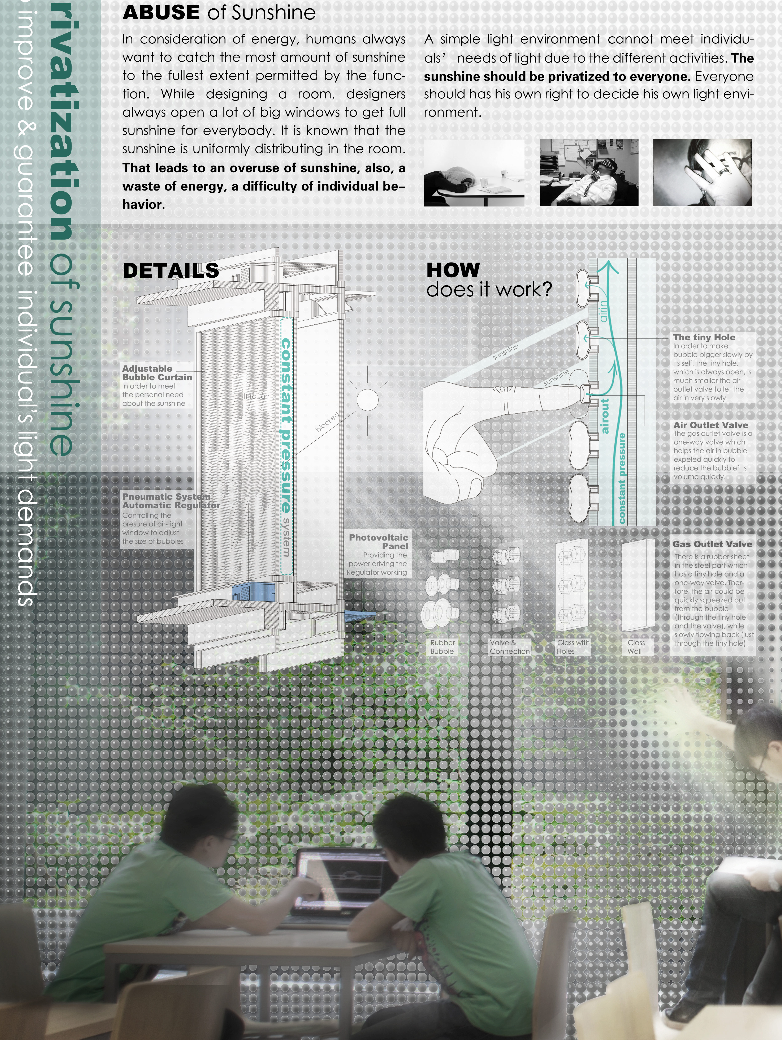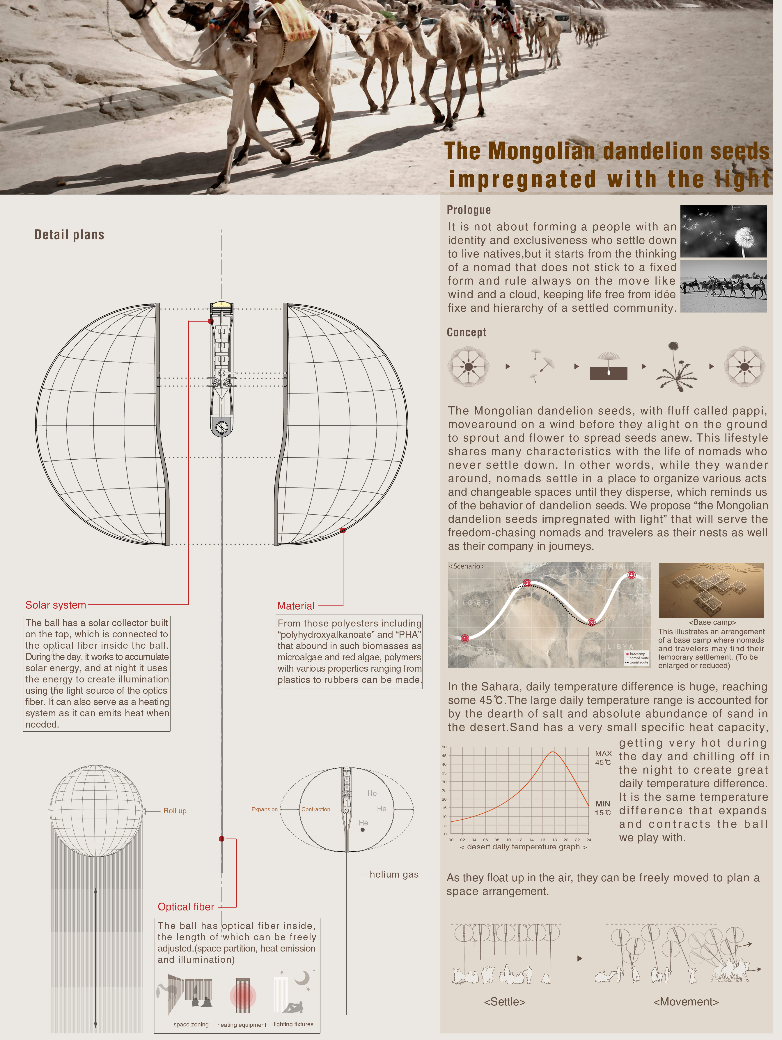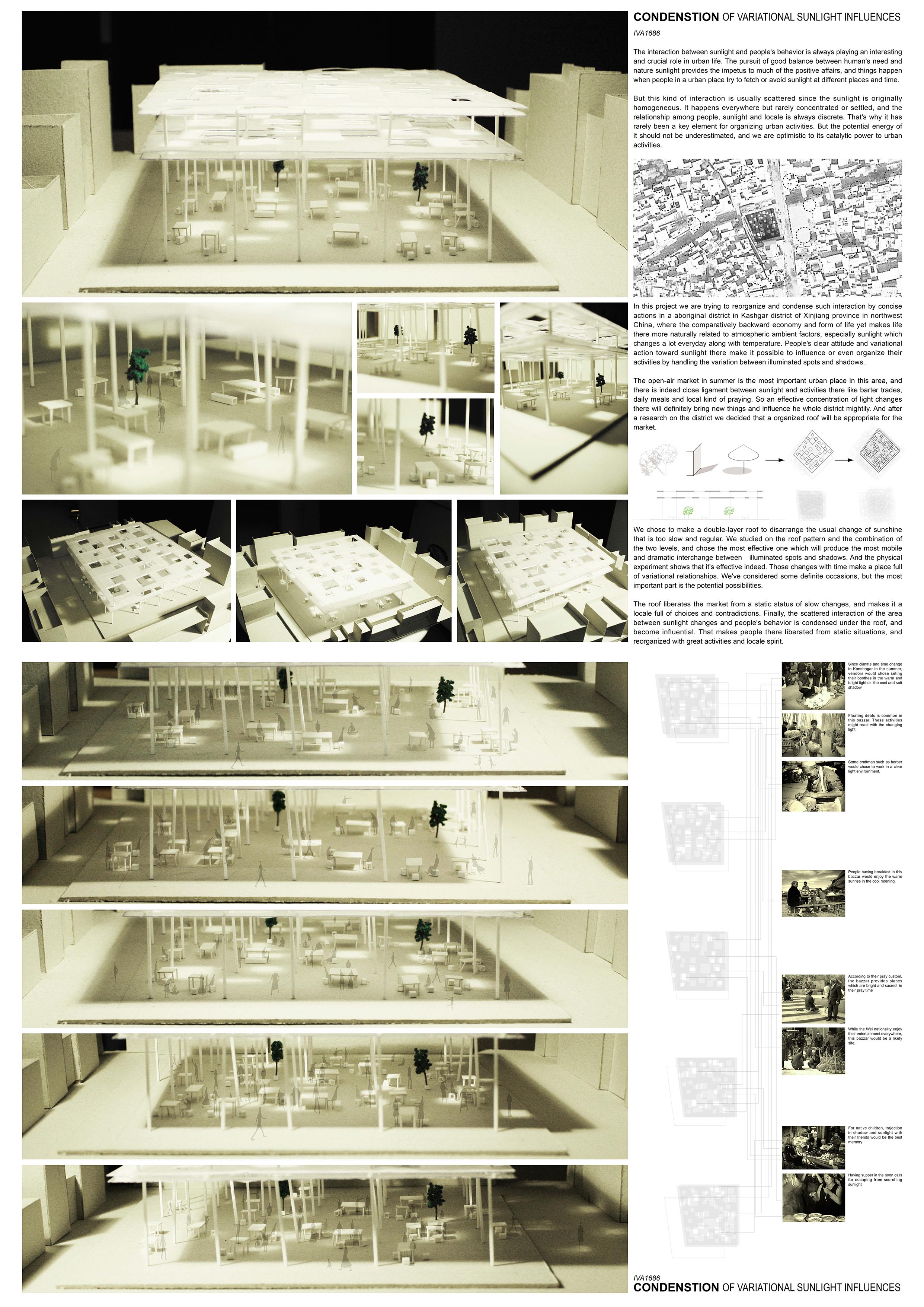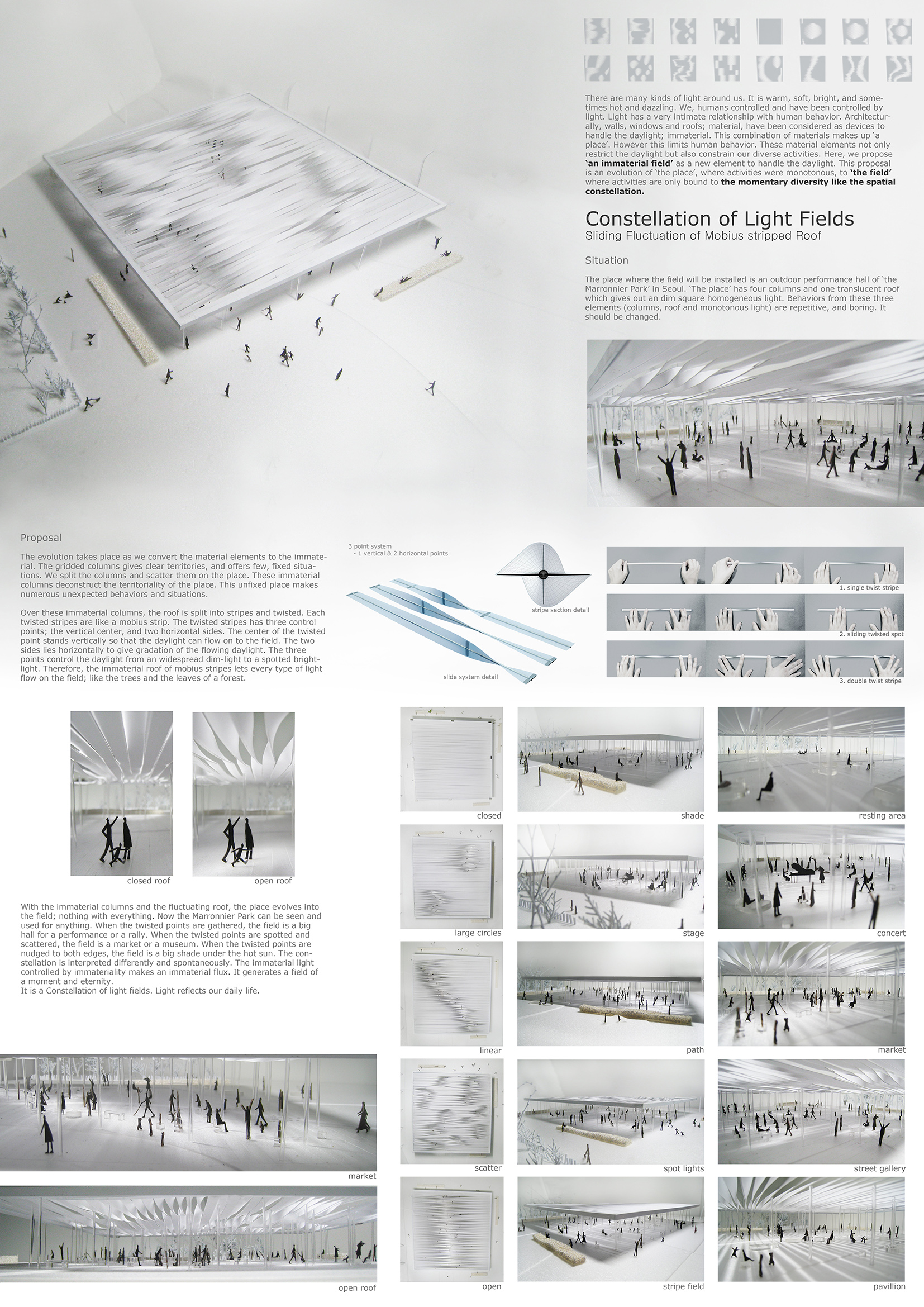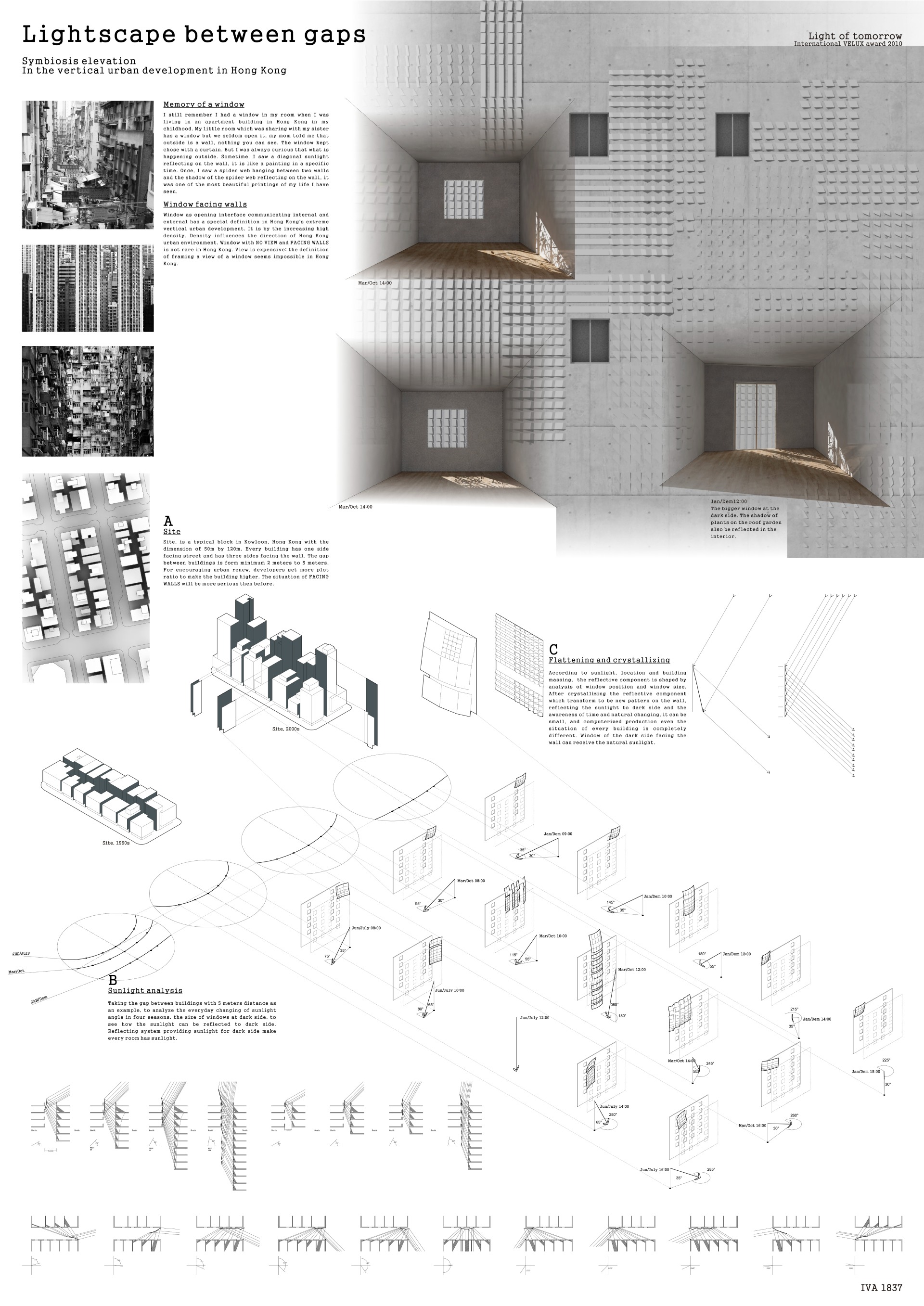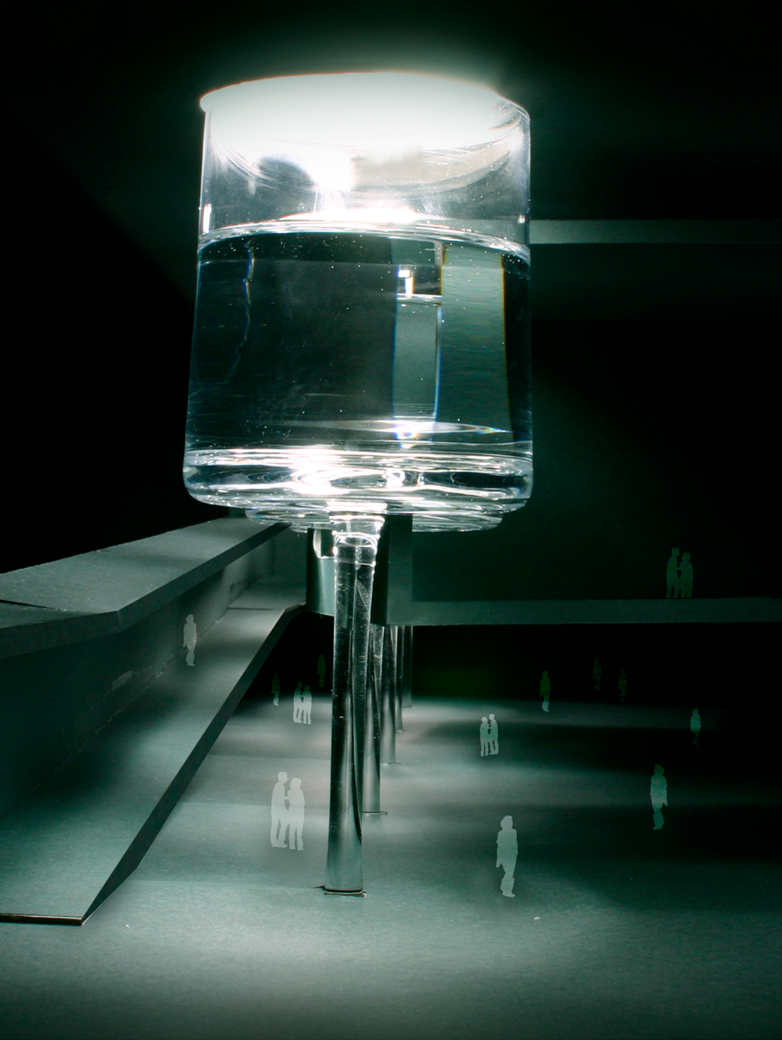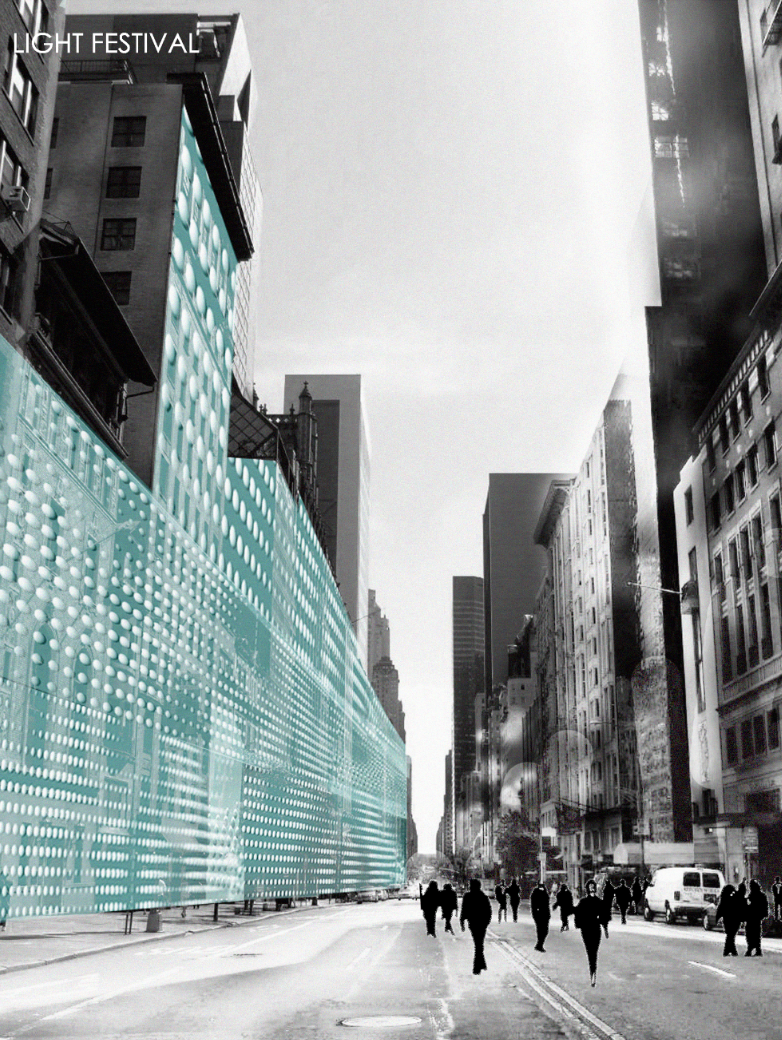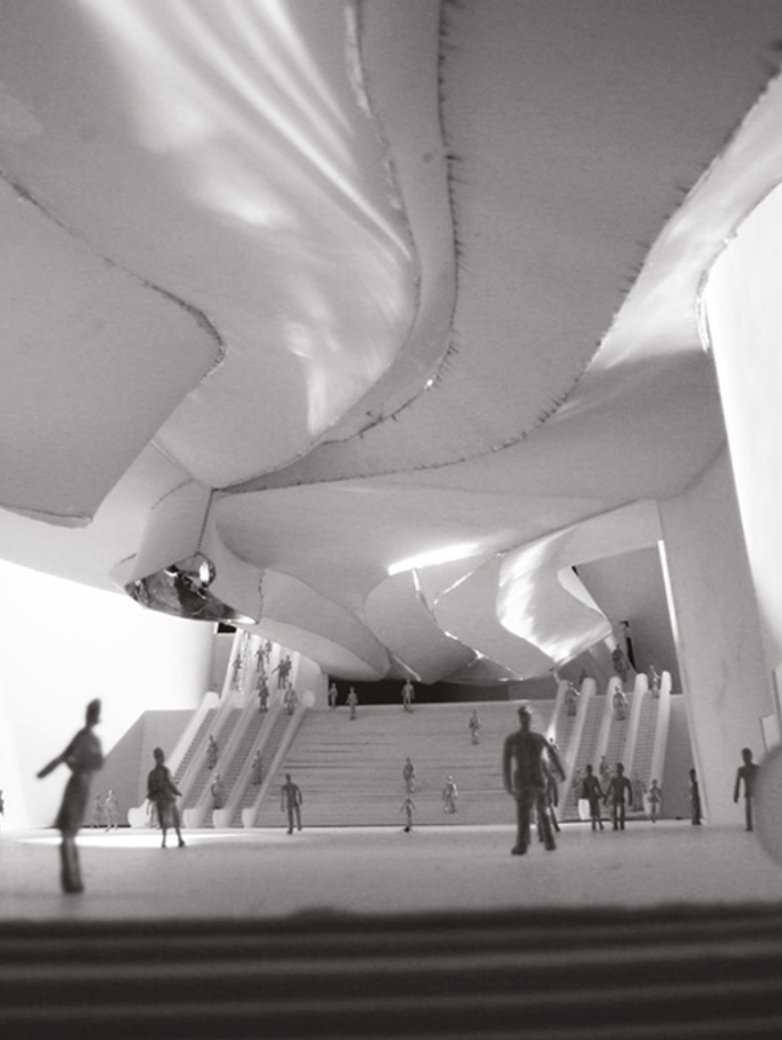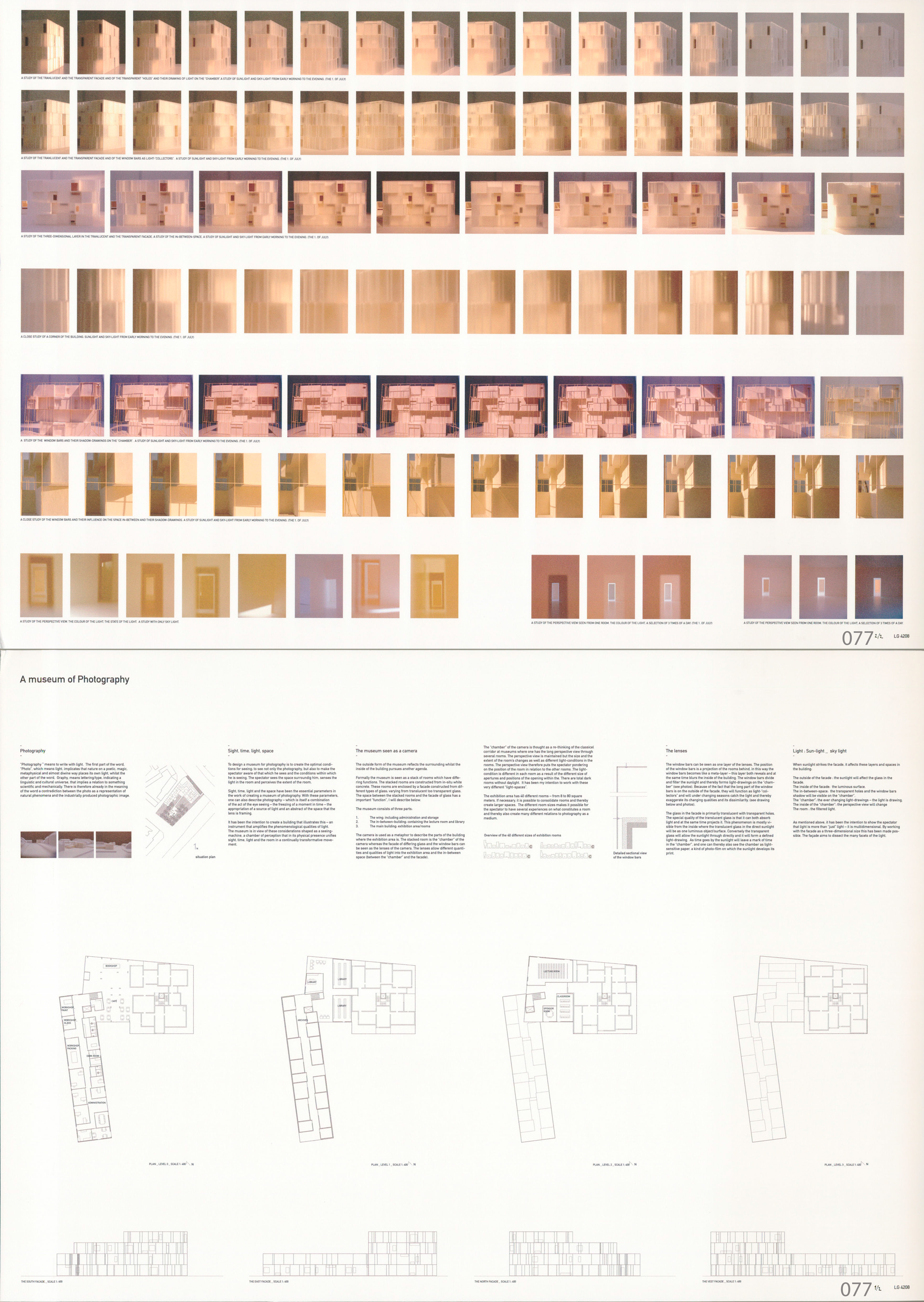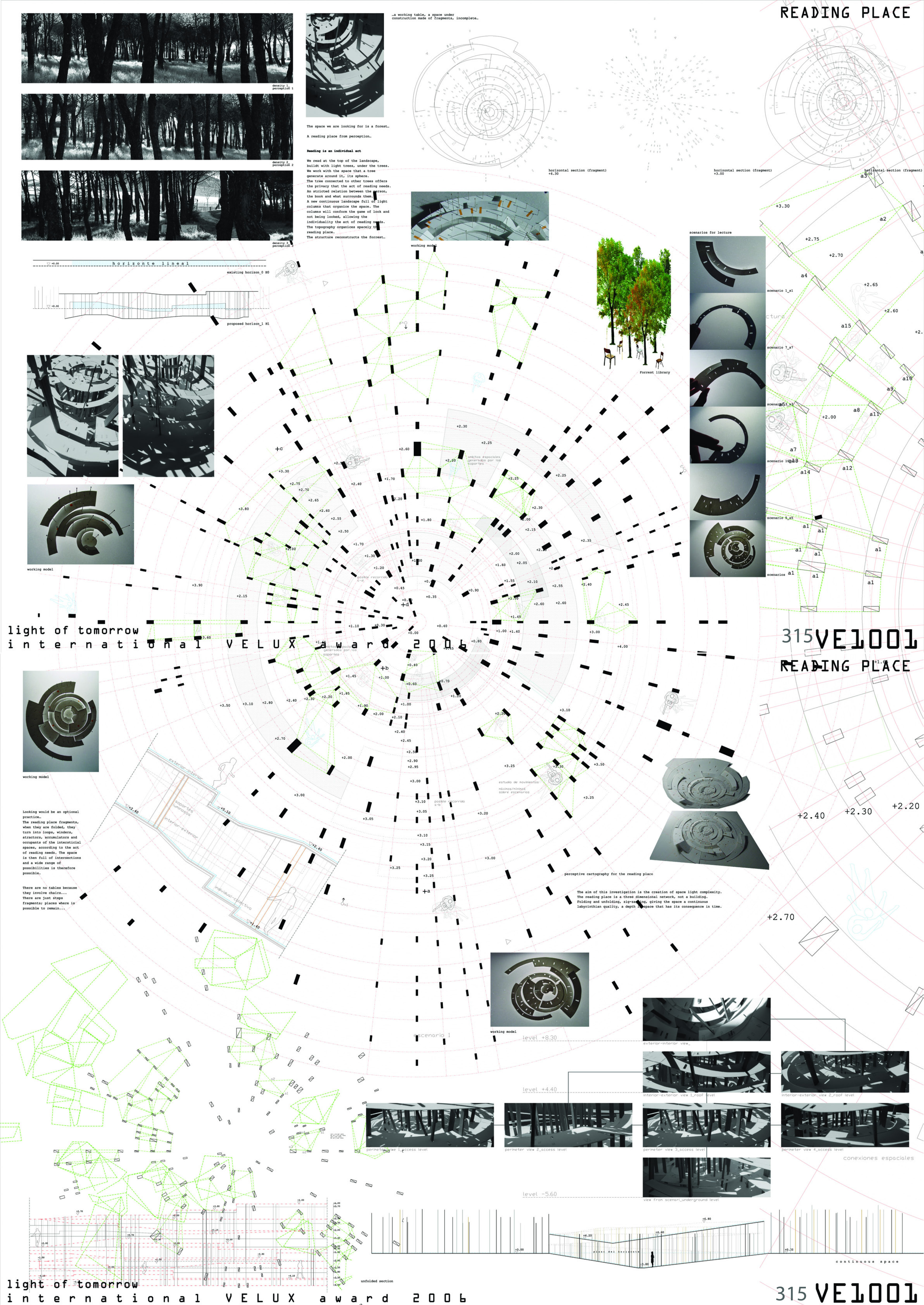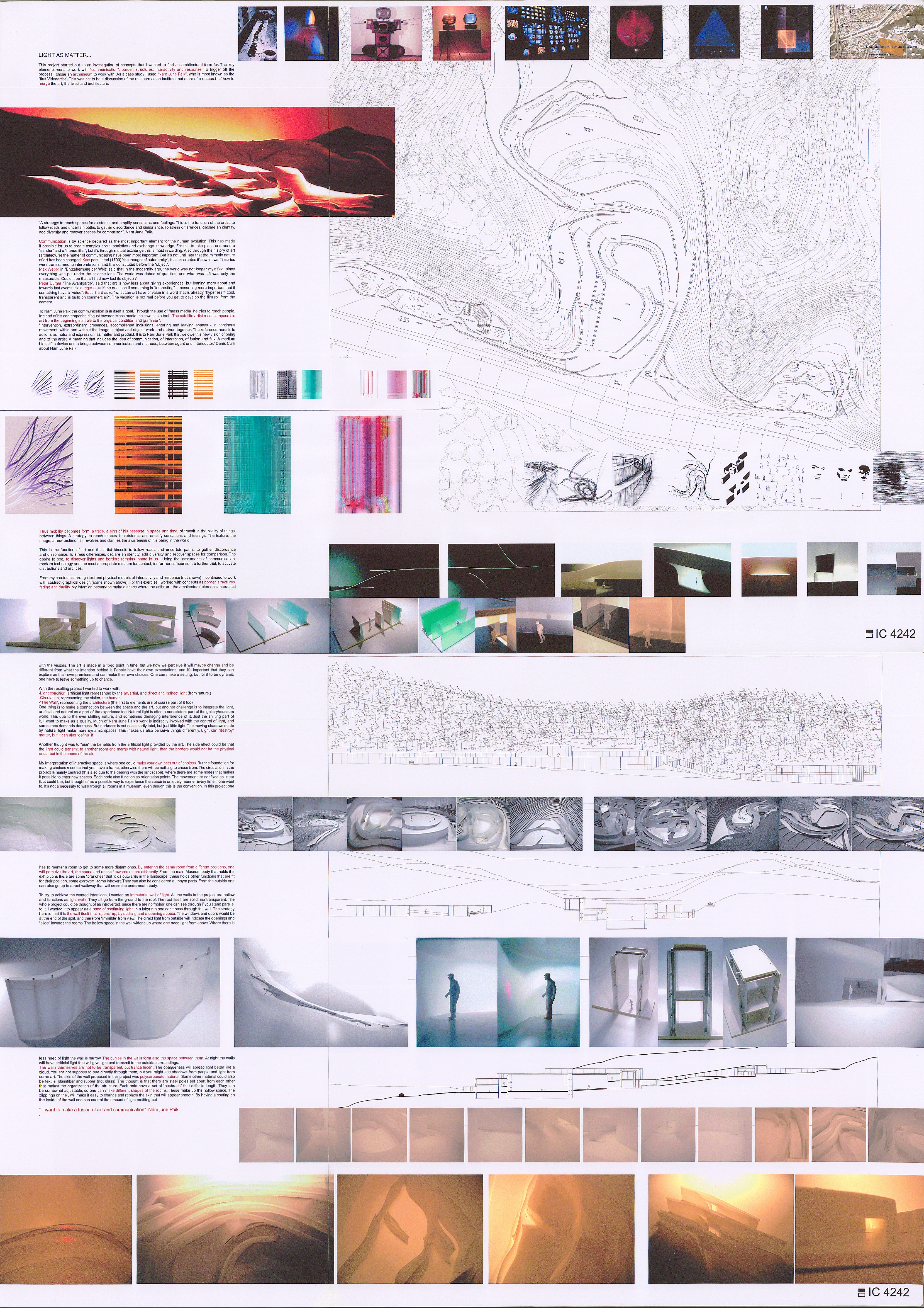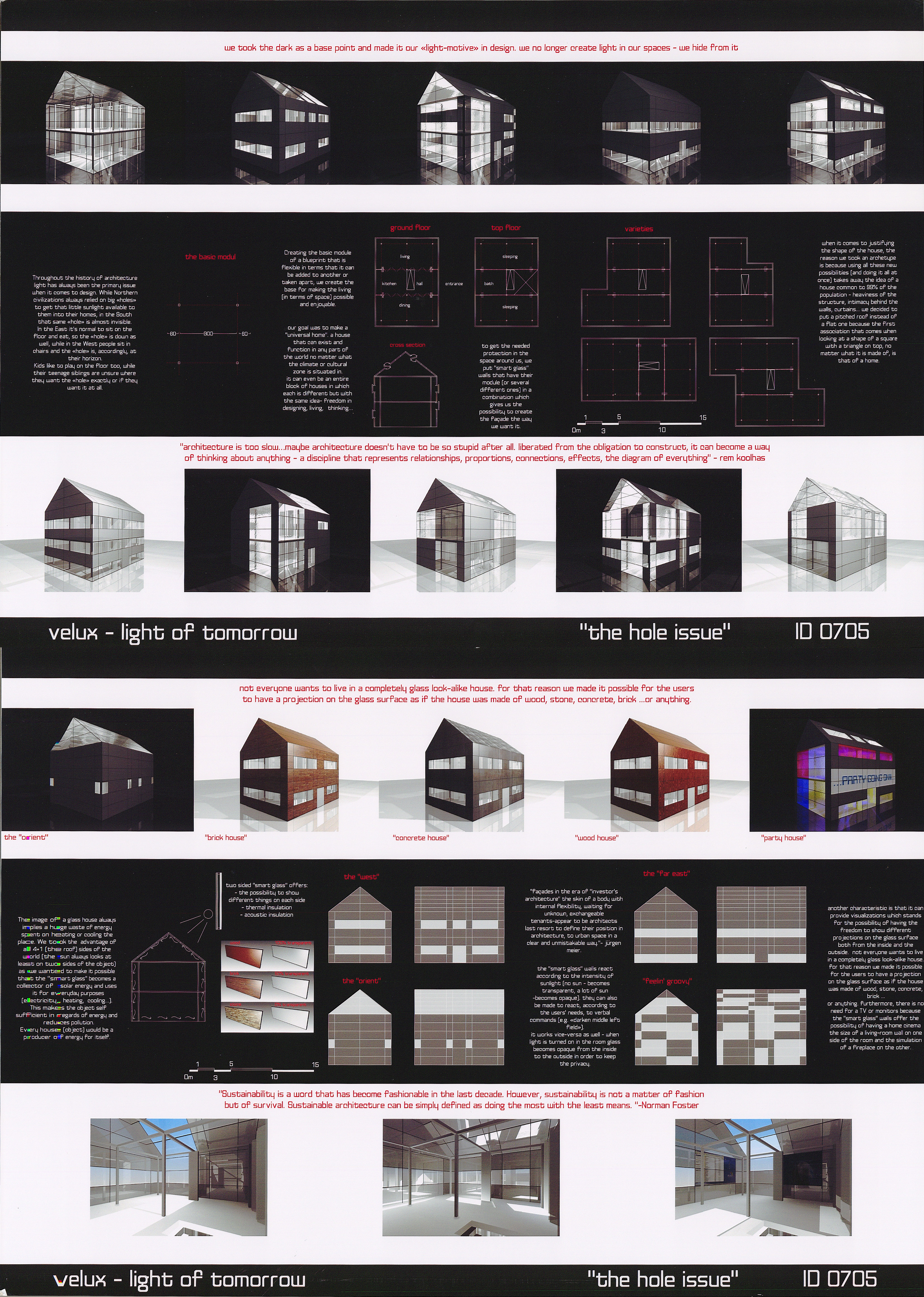2024 - Low Income Social Housing through Everyday Infrastructures

Category
Daylight in buildings - Region 4: Asia and Oceania
Students
NEHA DALVI
Teacher
Prasad Khanolkar
School
School of Environment and Architecture
Country
India
Download
Download project board
Title: Low Income Social Housing through Everyday Infrastructures: Light, Water, Waste Management
The fundamental infrastructures such as light, water and waste management; necessary for everyday chores are frequently overlooked in large-scale housing development. The popular developer logic perceives these everyday infrastructures as mere efficiency devices hiding them away in smaller nooks and corners which then require separate maintenance.
When these systems are installed in low-income housing societies, they not only disrupt the social fabric among residents but also frequently fail due to insufficient funds for maintenance. Integrating natural lighting systems into homes and surroundings not only alleviates the burden of high maintenance but also enhances the living spaces with their natural play.
Thus the design question that then arises is:
How does one rethink the form of the Co Operative Housing development as a series of Infrastructural Socialities produced by our everyday infrastructures?
The aim is to design a cooperative housing society for low-income residents, utilizing natural light, rainwater harvesting and waste management, as fundamental systems that unify the building. This housing project will comprise G+3 and G+2 buildings accommodating 96 residents.
This is a story of the redevelopment of the Mhada Transit Colony, a landlocked site situated in Colaba, Mumbai, India. Susha is one of the many residents who will be relocating to the newly redeveloped housing colony.
The design conversations with Susha and her neighbors were translated to work out the nuanced design.
The design focused on understanding how the individual house opens up into private and semi-private zones. Upon entering the house, you arrive at a shared common space for all three zones of the house. The kitchen is located to the right, while the bathroom and toilet are adjacent to it.
The collapsible door adjacent to the bathroom leads to the washing balcony, which is an offset from the service block of the house. Additionally, the washing balcony is accessible via another collapsible door in the bathroom. This small intervention enables the bathroom and kitchen to expand and open into the washing balcony, creating a more comfortable and spacious area for carrying out household chores with maximum natural light entering into the most active zones of the house.
Next, this house was rotated and repeated two more times to create a cluster of three houses. The logic of the rotation of the houses is such that the cooking space for all three houses opens up into the common corridor and the washing balconies adjacent to it can maintain visual interactions at different levels while carrying out their tasks.
The cluster of 3 houses is repeated to create a mass housing scheme with careful consideration of the existing site forces, pathways and how two to three clusters respond to each other thereby sharing compost kitchen gardens
A simple alteration in the way we typically design fundamental infrastructures of light, water and waste management can create a great impact on our everyday social relationships. This change doesn’t have to involve creating new leisure systems; it can be achieved through our everyday infrastructures such as light, water, and waste management. This approach creates dignified living spaces for people of all classes.
The overall design intervention is capable of creating a more inclusive and democratic space related to everyday infrastructures. It can also challenge the everyday practices of society in terms of class, differences, and castes. This blurs the boundaries between work and leisure, which are often seen as separate entities.
One of the most interesting results of the entire design process was that the building can be adapted in countless ways for different sites around the world, taking into account the respective climate and weather conditions.
